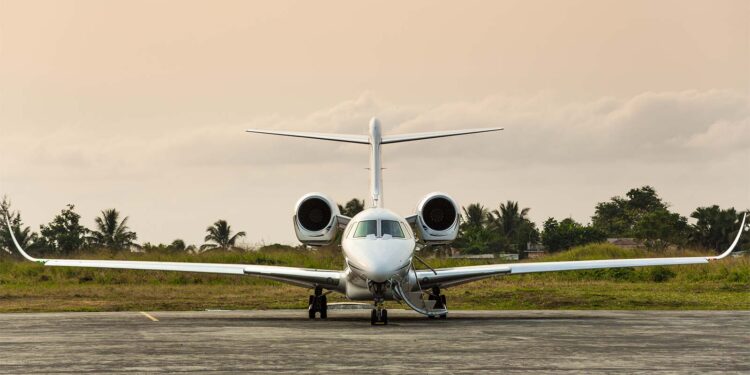Ground Operations at Remote General Aviation Destinations – Part 3: Special Considerations

This business aviation blog post continues from our article last week, titled “Ground Operations at Remote General Aviation Destinations – Part 2: Services and Credit.”
When planning a mission in your business aircraft to a remote destination, additional steps need to be taken. Always consider the geopolitical situation at your destination. You always want to have back up plans ready in case you need to divert from/to a particular location quickly. When possible, try to land with max fuel onboard, know where the next suitable airport is to obtain services, and have permits and visas as necessary ready for this alternate location.
The following is an overview of what you need to know:
1. Special airport considerations
In the case of military-controlled airports you’ll require special authorization, and often longer lead times. At some remote civilian airports, including some in Russia and China, you’ll be required to use a local navigator. There are additional costs for this – including the navigator’s hotels, meals and travel back to point of origin. In certain cases, maps and/or charts may not be publically available for particular domestic airports, and only your navigator will have access to these.
2. Repositioning handling agents
When operating to remote locations where service, payments and language may be issues, it’s worthwhile to consider bringing in a supervisory handling agent. Costs of doing this may be lower if you bring the agent with you onboard your aircraft. Some operators, however, do not permit this due to security/insurance reasons, and in some cases, passengers do not want to have a handler onboard.
3. Communicating with your ground handler
Particularly when operating to remote locations it’s essential to know all means, and backup options, to communicate with local handling staff and airport personnel. If a handler is not present upon arrival you’ll want to have cell numbers, home numbers, personal email addresses, etc. in order to locate the agent.
4. Health concerns
When operating to more remote locations it’s important to be aware of all potential local health issues. Have adequate vaccinations/immunizations to meet mandated requirements and to help avoid medical issues at destination. Yellow fever vaccinations (with a 10-day incubation period) may need to be considered as well as malaria prevention medication. It’s also important to be aware of location and capabilities of all local medical facilities.
5. Mechanical problems at destination
Mechanical issues at smaller or more remote foreign locations can, in many cases, be more challenging. Best practice is to work with your OEMs, prior to day of operation, to confirm closest support options and availability of having an aviation maintenance technician come out to assist you. Sending parts to particular areas of the world can be somewhat problematic. Therefore, it’s important to be aware of local import regulations and to have a good customs broker contact. Always carry a towbar as well as a spares kit, including common rotable parts.
6. Plan B exit strategies
Having contingency plans in place, prior to day of operation, is particularly important when operating to more remote locations. Always have the ability to get out of a location quickly, when necessary. If you’re at a location where riots or major protects flare up, for example, you’ll want to have permits and permissions ready, and in confirmed/valid status, to exit to another location. If you’re not using a trip support provider ensure that your ground handler is ready and able to assist in filing a short notice flight plan.
7. Additional Reading: Services at Remote Locations – Series Index
Note: Links will be updated as articles are published.
Conclusion
It’s worthwhile, in many cases, to reposition an experienced supervisory ground handler to oversee services at a remote location and to ensure things go smoothly. Your trip support provider can set this up. It’s also recommended to always have a Plan B put in place, in the eventuality that you need to depart your destination quickly.
Questions?
If you have any questions about this article or would like assistance planning your next trip to remote locations, contact me at greglinton@univ-wea.com.




